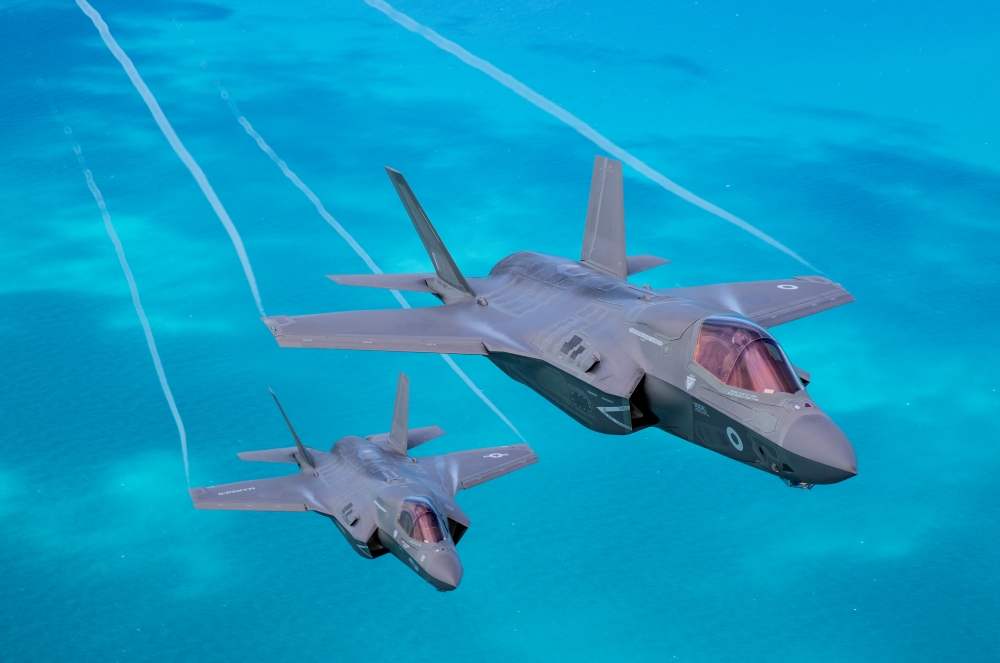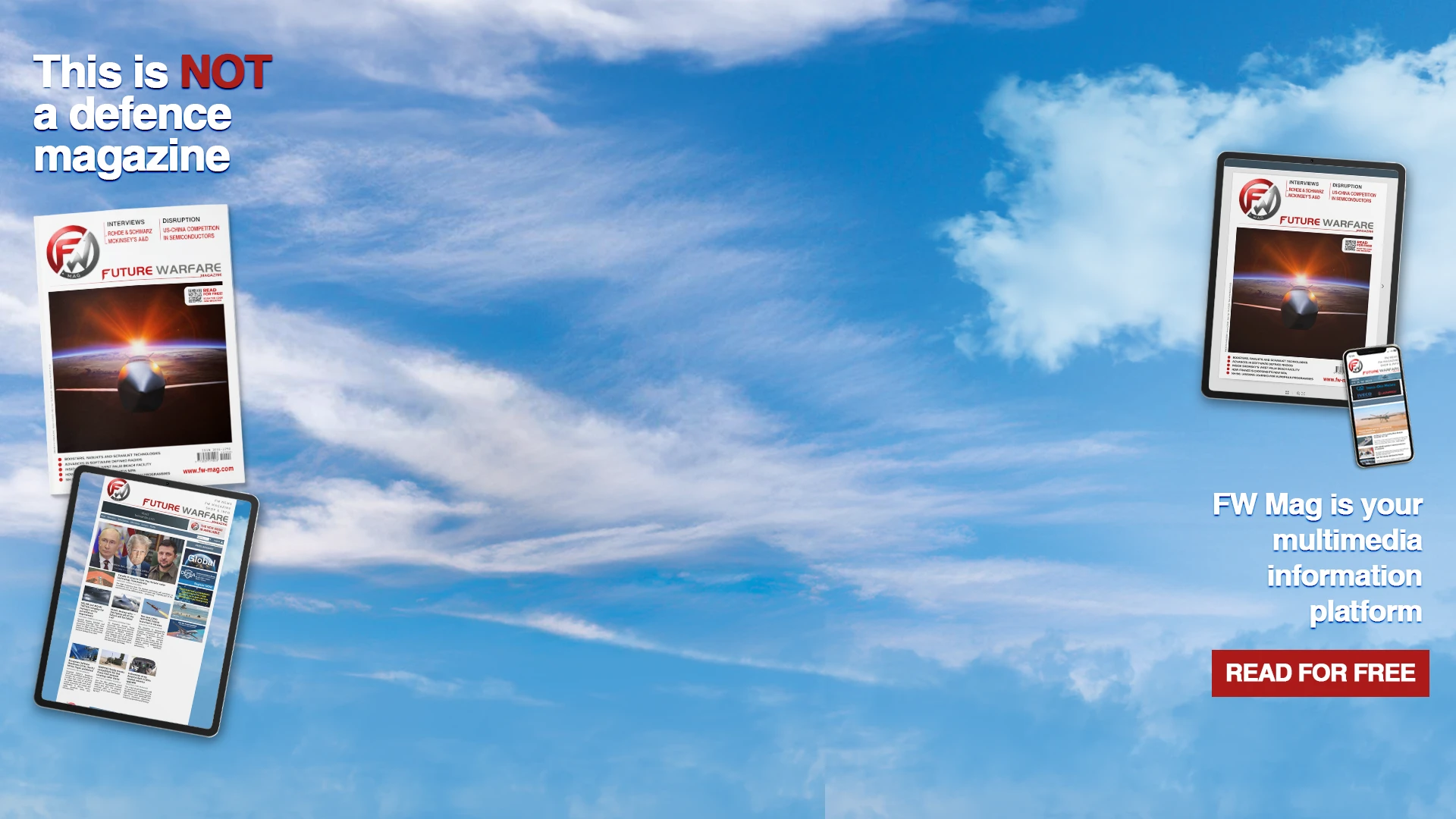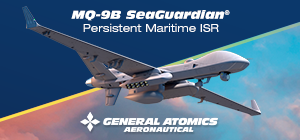
Lockheed Martin Skunk Works and the Royal Air Force’s (RAF) Rapid Capabilities Office (RCO) have worked together to complete the first-ever life F-35 classified data-share with a non-US Command and Control (C2) system under the guise of project DEIMOS.
An 850,000 pounds contract award for this experiment had been announced by the MOD in October 2023, covering an initial 6 months of experimentation aimed at demonstrating “the capability to visualise MADL data from the F-35 on NEXUS, an integrated set of technologies that enable acquisition, preparation, delivery, and governance of MOD information.”
MADL, for Multifunction Advanced Data Link, is, as we know, the proprietary, secure, F-35 to F-35, low probability of interception data link that allows formations of Joint Strike Fighters to share data in real time and hunt as a multi-ship predator.
NEXUS is a Ministry of Defence-owned “Data Cloud” combining hardware and software solutions that deliver a secure, distributed Air Command and Control system that can distribute data to terminals located on aircraft, on ships or on land, including highly portable, back-packable ones.
NEXUS provides a virtual environment which acts as a Defence-owned portal where other platforms, networks, sensors and applications can both request and feed in data, according to published integration standards. The sharing is at metadata-level so that applications and platforms alike can see what and who is doing what and where (at varying classifications) across the network, without having to off-board data wholesale as a standard procedure. This saves bandwidth and enables users across Defence to access high value data from a multitude of different sources quickly, without the bottlenecks of incompatible data links or other technical obstacles.
What NEXUS cannot do, at least in its present form, is generate sufficiently low-latency real-time connectivity between joint force assets to enable third-party weapons cueing or guidance. The Royal Air Force has been working on NEXUS for multiple years now, in particular installing it onboard VOYAGER (A-330) tankers, with a publicly stated intention of eventually rolling out across “all the widebody platforms in service”.
In this important demonstration, an F-35 flying from Fort Worth, Texas, was able to share classified data via a Skunk Works’ Open Systems Gateway (OSG) through commercial satellite communications and into an RAF RCO laboratory in Farnborough, UK, where it was ingested into the NEXUS Combat Cloud C2 system. In turn, NEXUS could then redistribute the information across the Air Force and beyond, benefitting the whole Joint Force.
Air Commodore Chris Melville, head of the Rapid Capabilities Office has hailed this key development and praised the partnership work between the military and companies including Lockheed Martin and SiXWorks. This marks another step forward for what is effectively becoming the RAF’s counterpart to the USAF’s own air C2 efforts.
In 2021, with the BABELFISH VII trial, the RAF had demonstrated the use of NEXUS installed on a VOYAGER and enabled by a Beyond Line of Sight communications fit to generate and disseminate a Common Combat Air Picture shared with land HQs and in-flight TYPHOON jets. An earlier BABELFISH trial, the III of the series, already back in 2017, had demonstrated a “gateway” function to enable TYPHOON and F-35 to directly exchange data in flight.








.png)
